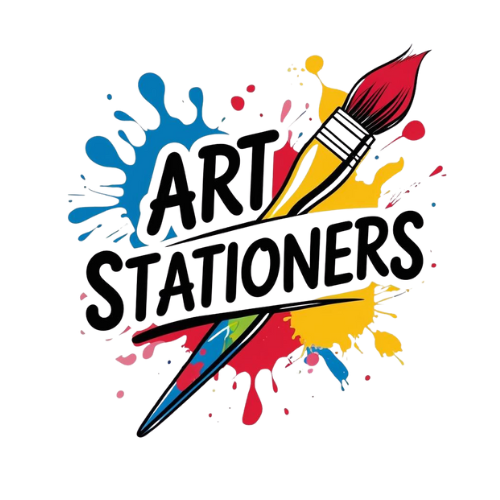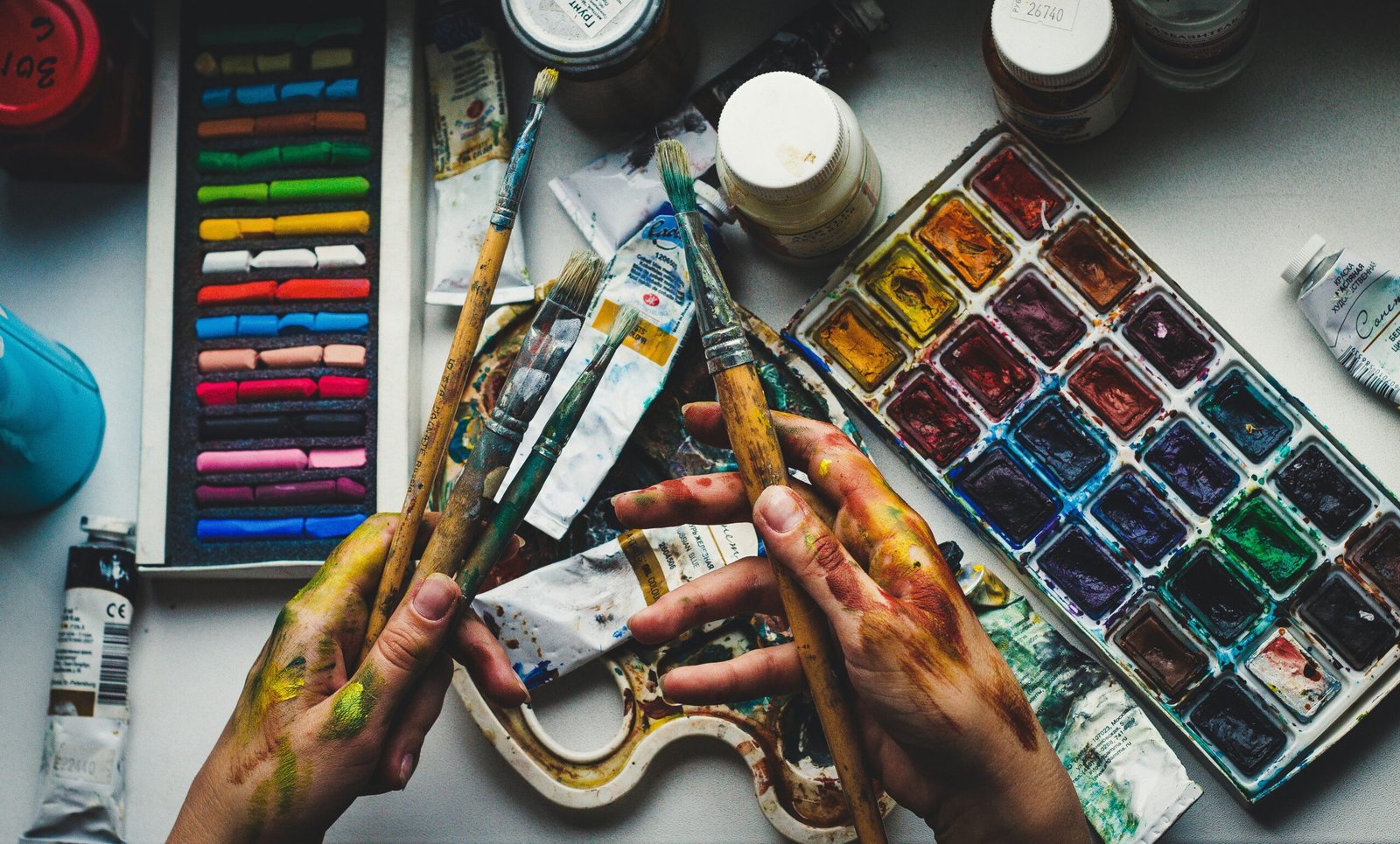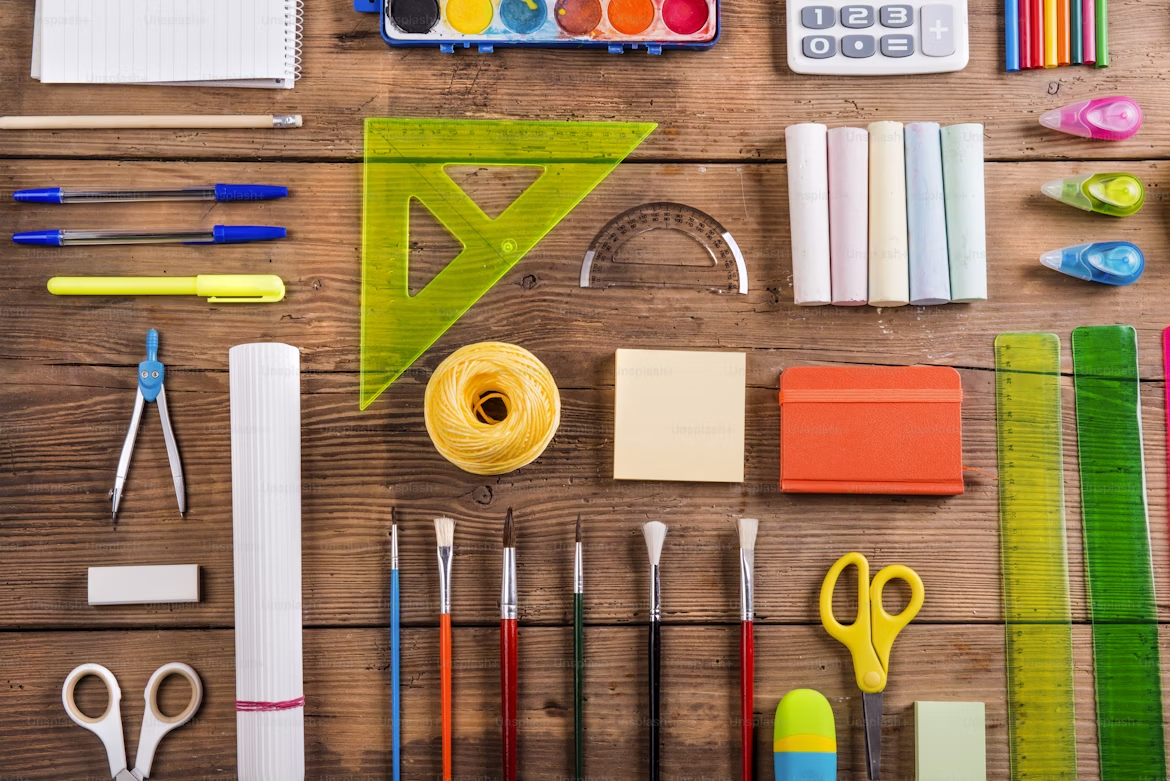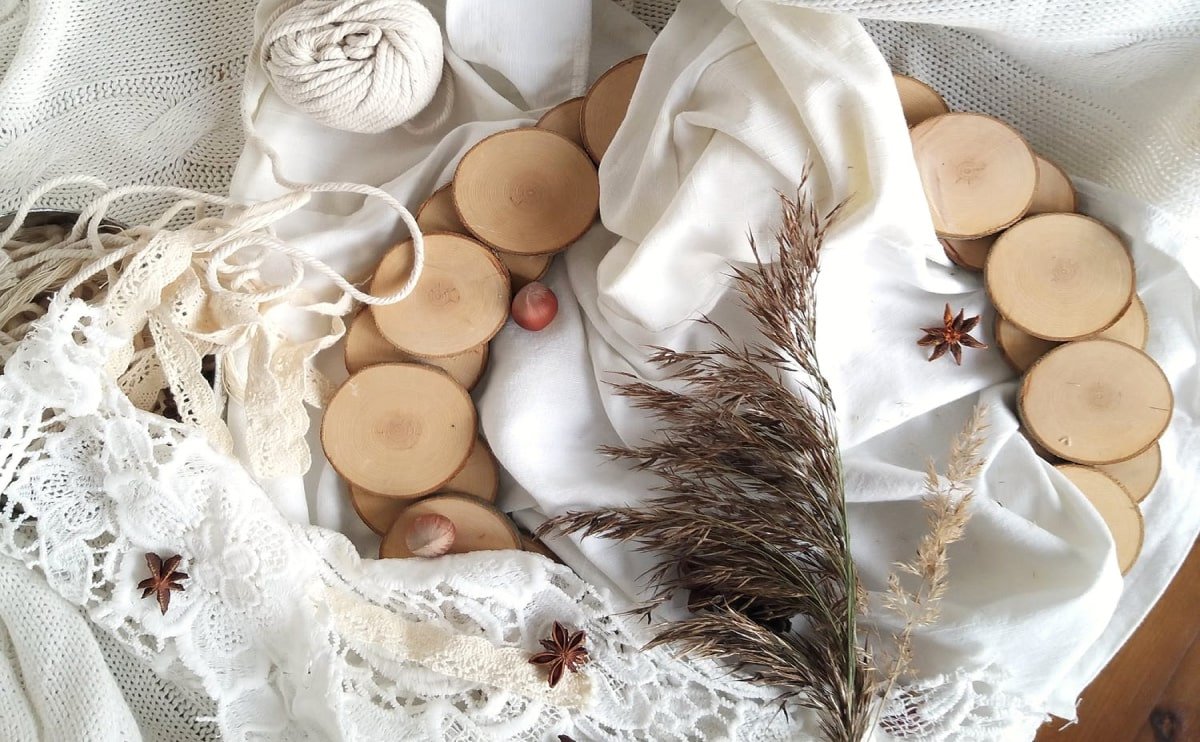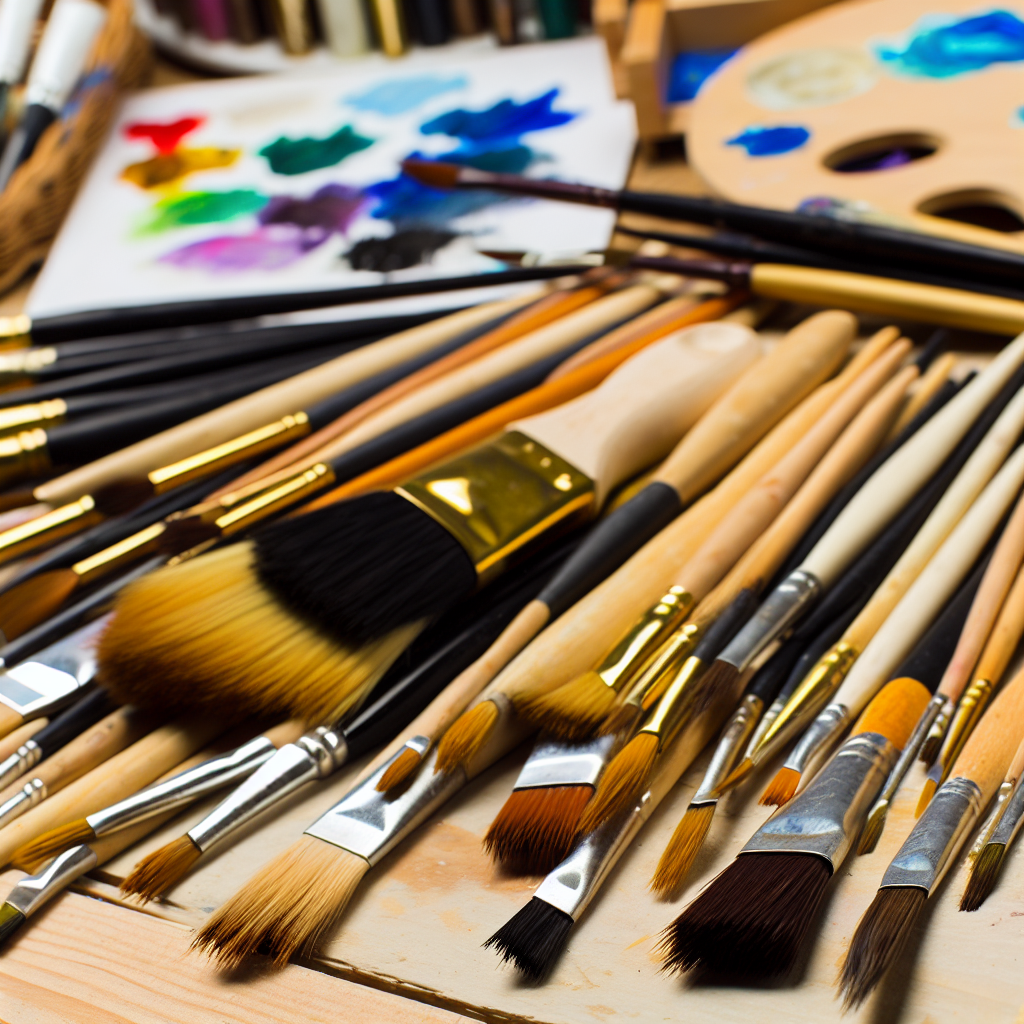Whether you’re a professional artist, a DIY enthusiast, or a beginner embarking on your first painting project, selecting the right brush is crucial to achieving great results. With so many options available, understanding the various types of brushes and their specific uses can help you make informed decisions. This guide will walk you through the essential factors to consider when choosing a brush for any project.
Understanding Brush Types
Brushes come in various shapes, sizes, and materials. Here are the most common types you will encounter:
1. Flat Brushes
Flat brushes are ideal for laying down bold strokes and strong lines. They can be used for:
- Filling in large areas
- Creating sharp edges
- Painting geometric shapes
2. Round Brushes
Round brushes are versatile and can be used for detailed work, washes, or bold strokes. They are great for:
- Fine details
- Curved lines
- Layering washes
3. Fan Brushes
Fan brushes are perfect for textures and special effects. Use them for:
- Creating foliage or grass in landscapes
- Making splatter effects
- Blending colors
4. Angular Brushes
Angular brushes are excellent for painting corners and creating sharp lines. They work well for:
- Painting edges
- Cutting in walls
- Blending colors
5. Detail Brushes
Detail brushes are designed for intricate work and fine lines. Use these for:
- Adding highlights
- Painting small details
- Creating realistic textures
Choosing the Right Material
Brush bristles can be made from natural or synthetic materials.
Here are some considerations:
- Nylon: Durable and versatile, great for acrylics.
- Sable: Soft and smooth, perfect for watercolors.
- Hog Hair: Stiff and durable, ideal for oil paints.
Conclusion
Choosing the right brush can make or break your project. Understanding the types of brushes and their specific uses, along with the materials they are made from, will help you make informed decisions for your artistic needs. With the right tools in hand, your creativity can flourish!
Happy painting!
